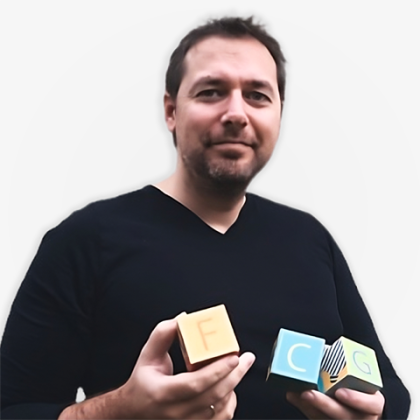
In an increasingly loud world, I am looking for meaning – not as a static definition; but as an ever-evolving creation. Not meaning as something you find, but as something we make.
Among the ways we create meaning, language fascinates me the most. Each linguistic interaction is a creative act in which we make sense of a noisy world by mixing experience, senses, and interaction. Through sounds or visual signs, language evokes rich imageries; inviting us to construct new meanings in the spaces between what is said and what is felt.
Language is also a collective tool that echoes past generations even as it evolves to meet the needs of the present. Language allows us to share our views while maintaining the uniqueness of each individual.
And then there is art, where meaning-making becomes deliberate. Through literature, we reach beyond the bounds of the everyday to explore universal truths.
To truly understand language, then, is to understand the ongoing dance between stability and change, between convention and innovation, and between the individual and the collective. This mystery continues to drive my research into the nature of meaning and the role of language in shaping human life.
Selected Publications
van Trijp, Remi (2024). “Nostalgia for the Future of Construction Grammar.” Constructions and Frames 16(2):311-345.
van Trijp, Remi (2016). The Evolution of Case Grammar. Berlin: Language Science Press.